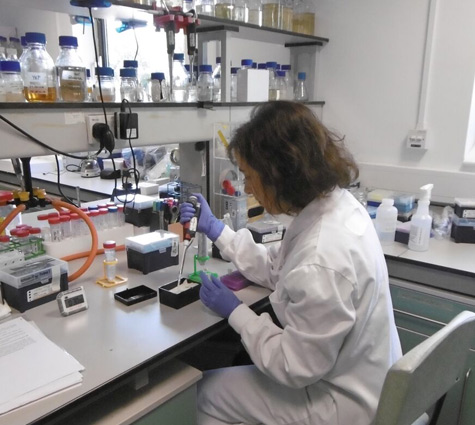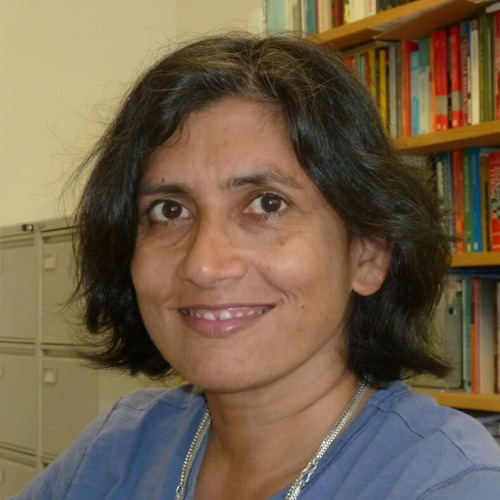WISB researchers are developing new types of synthetic biomolecular circuitry for use in prokaryotic and eukaryotic hosts. In addition, a number of features of living cells, including stochasticity and circuit-host interactions, introduce variables into the function of biomolecular circuitry that limit their robustness and scalability, thus significantly constraining the potential of SGCs. Advanced computer design tools, combined with novel experimental approaches and state-of-the-art technology, are being used to find solutions to these major challenges. The knowhow developed in this Theme is fed into our other Themes.


Fungal natural product discovery and biosynthesis
Website: https://www.alberti-lab.com/
f.alberti@warwick.ac.uk
Co-Director | Theme Lead | SynBio CDT
Developing modelling, simulation, and control system design frameworks for synthetic biological systems.
D.Bates@warwick.ac.uk Website
Molecular mechanisms of signal transduction by G protein-coupled receptors (GPCRs).
B.Carpenter@warwick.ac.uk Website

Mechanisms of transcriptional regulation in metazoan cells, including interplay of epigenetics and transcription, ‘noise’ in gene and protein expression, reorganization of transcriptional networks.
D.Hebenstreit@warwick.ac.uk Website
Application of the Programming Language paradigm and Compiler technology in translating functional requirements on synthetic biological systems. Spatio-temporal modelling of microbial communities.
Sara.Kalvala@warwick.ac.uk Website
Synthetic gene networks for biotech and medical applications: dynamic programmable circuits, biomass maximization, and treatment of infectious diseases.
V.Kulkarni@warwick.ac.uk Website

Director
Rate control and noise in eukaryotic gene expression. Design strategies and hardware for synthetic biology.
John.McCarthy@warwick.ac.uk Website


Stochastic nonlinear systems and resonance, biomimetic signal processing, sensory neural coding, auditory ribbon synapse signalling.
N.G.Stocks@warwick.ac.uk Website